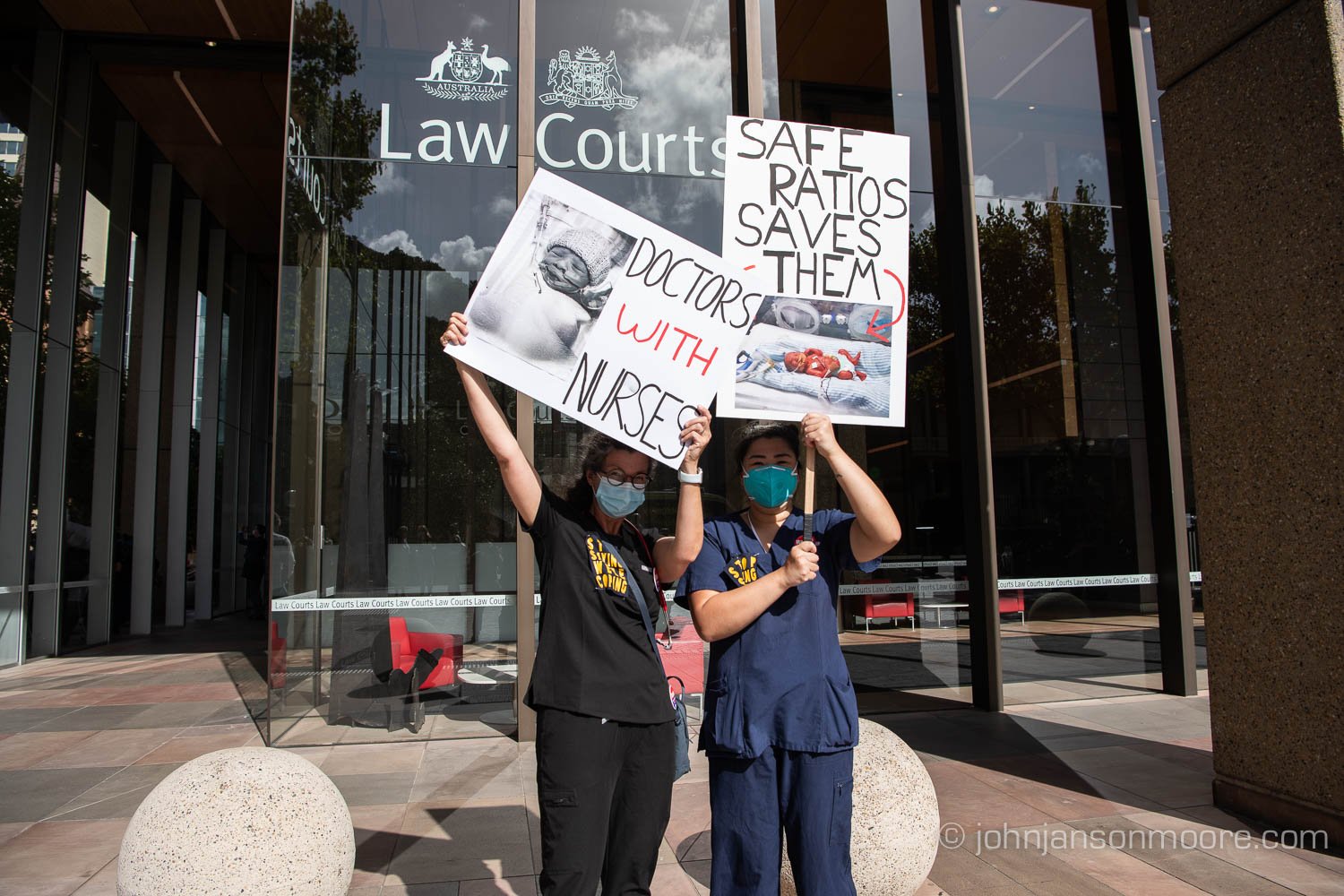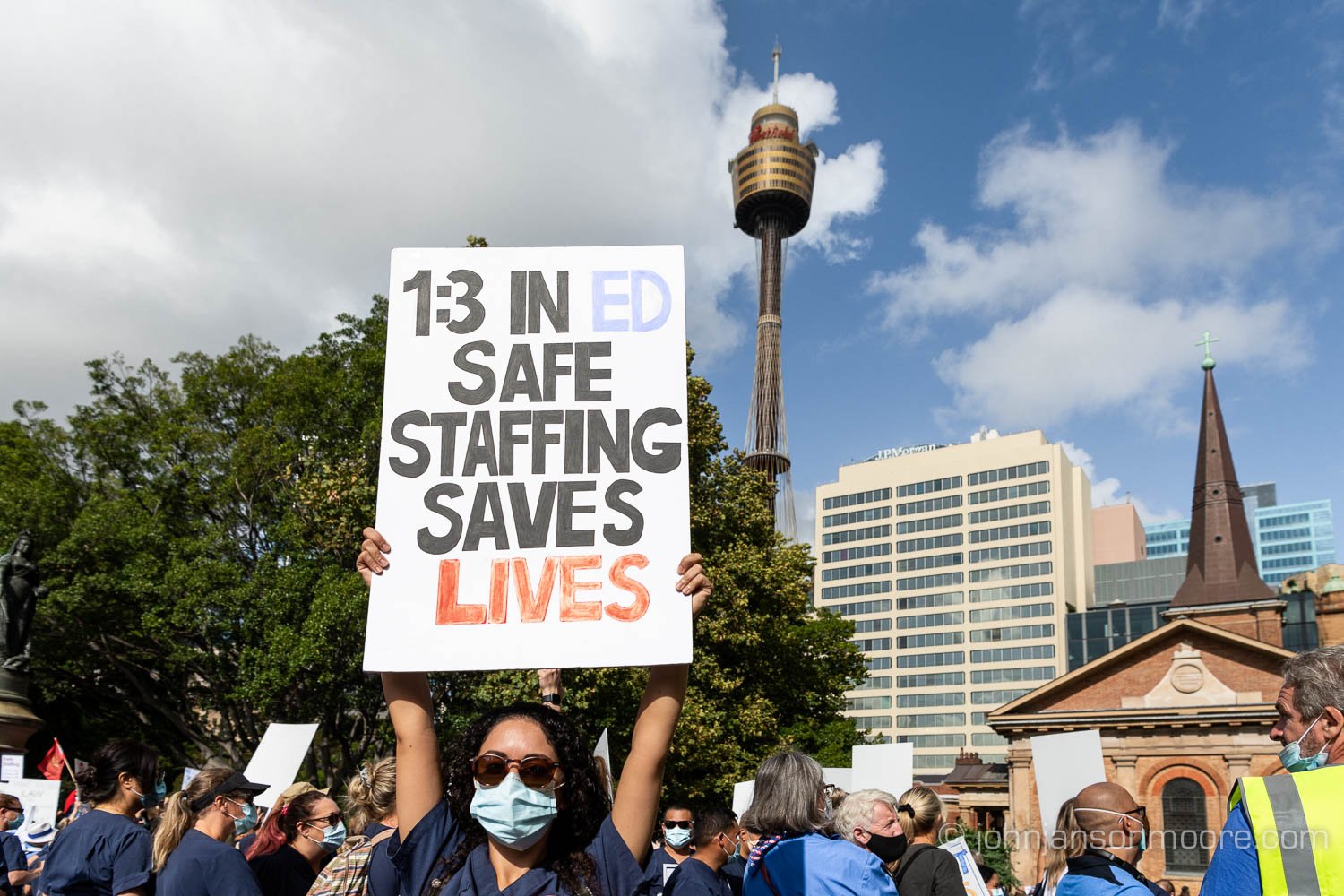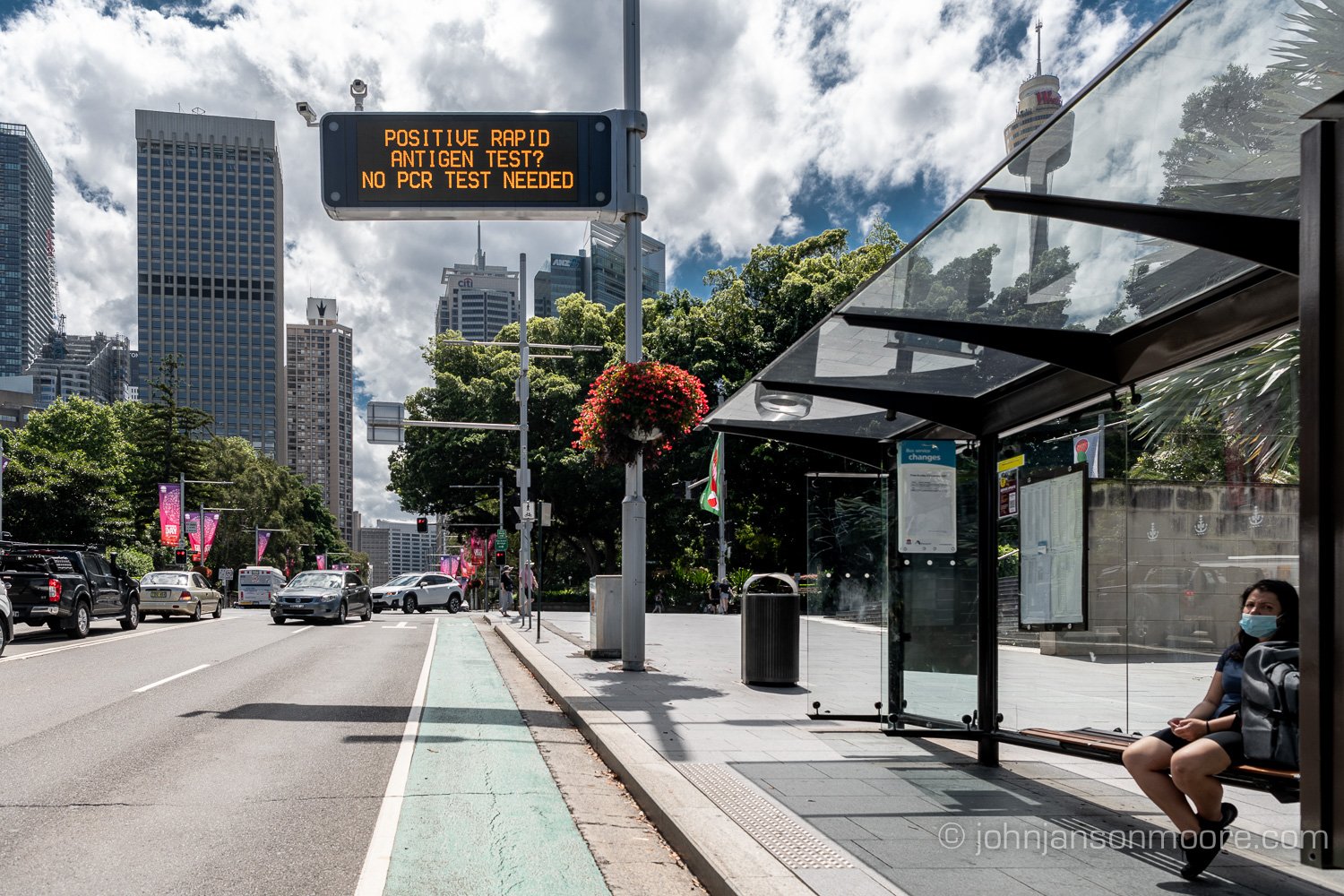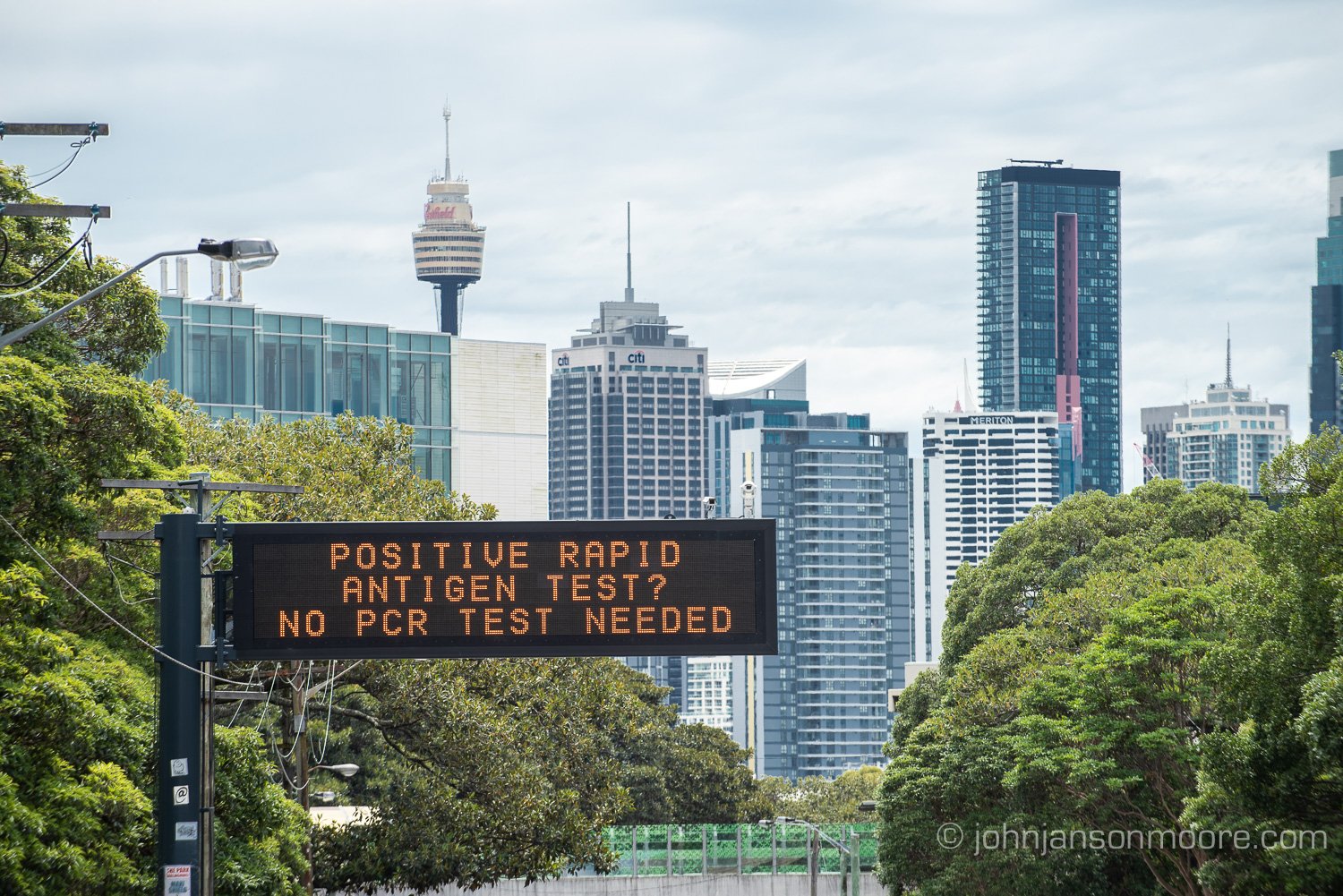A sign on the outskirts of Menindee in far west NSW urges visitors and residents to adhere to COVID-safe practices to stop the spread of the disease in this vulnerable, mostly Aboriginal community.
Part of an ongoing series, ‘COVID-19 Diaries’.
*click on image for full screen view






















































































































































































































